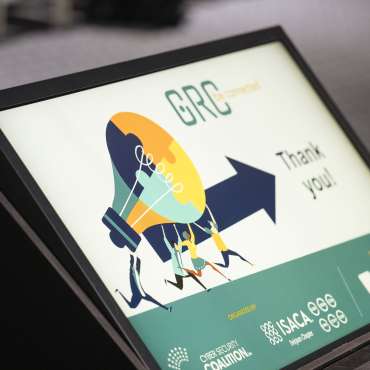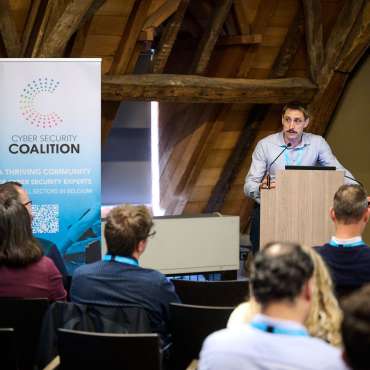In his clear and precise presentation, he presented models how to create more efficient digitalized data- and workflows, with subject-controlled minimal use of data, shared in an environment of proven trust, even across national borders. It will provide scalable solutions, avoiding a spaghetti-like confusion of gateways and point-to-points links.
Rather than simply an interesting future dream, the ESSIF is already on version 2 of its specifications, with pilots scheduled for late 2020/early 2021, and components being built. Furthermore, the ESSIF initiative aims to fit in with existing public/government and private sector infrastructure. However, plans for a full transition will be proposed. And obviously, this model opens new opportunities for European companies to build ‘wallets’ and other solution elements.
The bottom line is clear: rather than the data subject being the junior party, he/she regains the ownership of data, with equally powerful control over consent, and over access to and exchange of data. Get a head start on the future, check this presentation.







